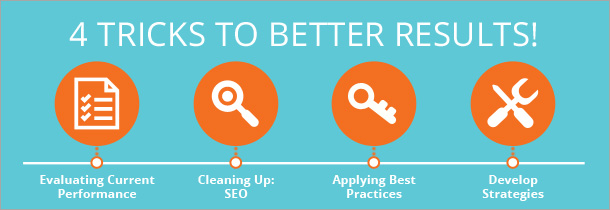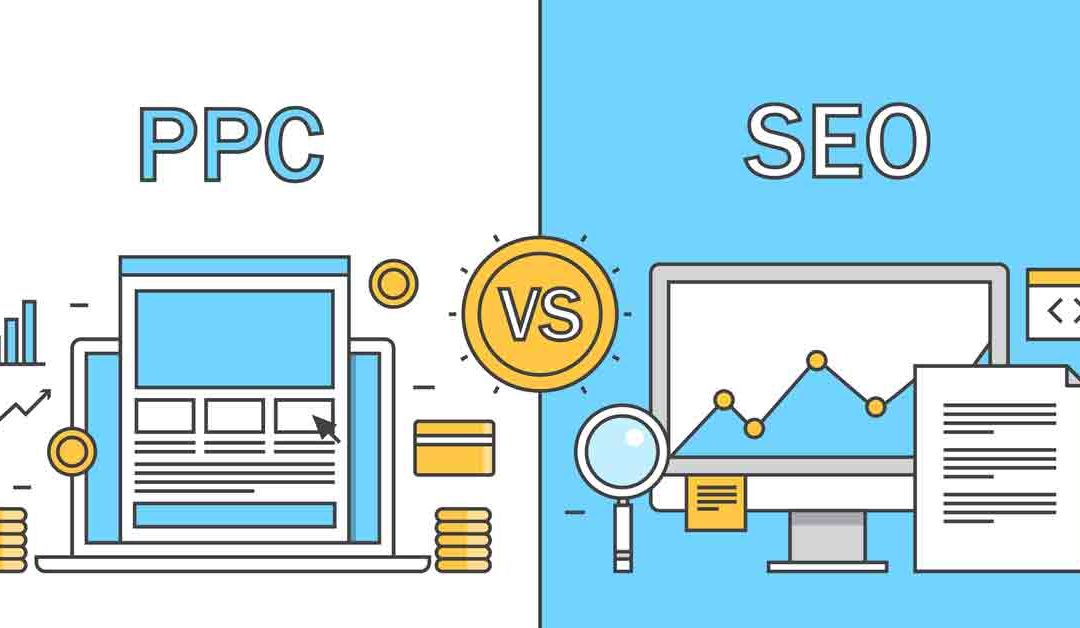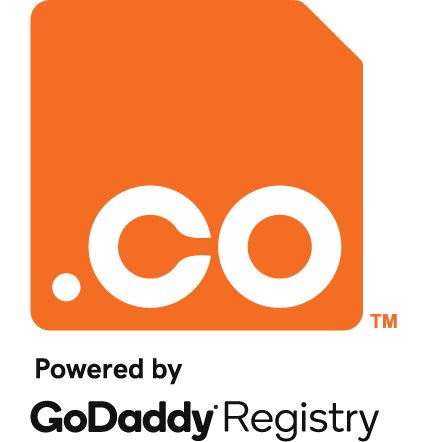The holidays have come and gone, and 2015 is already upon us—Happy New Year!
The New Year is always the perfect time to make changes for the better in our lives, which is why so many of us make our lists of New Years’ Resolutions around this time. However, we often stick to changes we’d like to make in our personal lives, and often neglect our professional—and digital— lives.
 In the first blog post of our New Year’s Marketing Resolutions series, we talked about how to perform a health-check of your website in order to identify, address, and prioritize improvements that will help set up your site for better success.
In the first blog post of our New Year’s Marketing Resolutions series, we talked about how to perform a health-check of your website in order to identify, address, and prioritize improvements that will help set up your site for better success.
In today’s post, we are going to talk about Search Marketing Resolutions, and how to get your online marketing strategy in tip-top shape. So, take those PPC campaigns off of auto-pilot, get ready to dive into your Analytics data, and let’s get started.
2014 Year in Review
Before taking a look and tweaking your own strategies, it’s of the utmost importance to take a look at online marketing-related developments that happened over the last year. For SEO in particular, search engine algorithms change constantly, and it’s necessary to be in the know about those changes and if you may be effected by those changes.
SEO
First let’s start with the major algorithm changes:
Panda-On May 20th 2014, Google’s Search Quality Engineer Matt Cutts announced the rollout of Panda version 4.0. And, in September of 2014, Google announced that a version 4.1 was released.
Google Panda is an algorithm change update which was first released back in 2011 that aims to address sites with low-quality content, and prevents them from ranking high in search results.
What this means for you: This means that high-quality, original content continues to majorly matter to Google, and that’s not going anywhere. So, make sure you may it a priority as well. Make sure your site has a blog, and you post on it regularly, ideally once a week at minimum. If possible, go above and beyond that by creating additional content on your site by way of articles and resources. If you own an eCommerce website, try and create your own unique descriptions for products instead of using another source’s content.
Pigeon-In July of 2014, a new algorithm was released which focuses strictly on local search results. The change applies Google’s ranking signals it uses in ranking results to local sites, and it applies to both web search results and Google Maps results. Noted SEO Publication Search Engine Land dubbed this update the “Pigeon Update”.
What this means for you: SEO best practices for local websites matter more than ever now. Make sure that your local directory listings are accurate and up-to-date—for directories such as Yelp and Yellow Pages. Optimize your website with more of a focus; if you specifically service three local neighborhoods, make that more prominent and don’t mention every single neighborhood in the city. As always, content is hugely important, so make sure to create content, especially that of a local nature.
Penguin-In October of 2014, Google released Penguin 3.0, its first Penguin-related rollout in over a year. Penguin targets websites that Google deems spammy in nature, and especially focuses on those that violate Google’s linking guidelines.
What this means for you: The importance that Google places on a website’s backlink profile is not diminishing in importance. With the initial release of Penguin back in 2012, thousands of webmasters were hit. Many of those webmasters were not even aware that they were doing anything wrong, especially if their SEO had been managed by another company, agency or consultant that were building links that were shady in nature.
If you are still obtaining links in a nature that can be categorized as unethical or in violation of Google’s guidelines, it’s time to stop. This includes buying or selling links, and participating in link exchanges or link farms. In short, links should be gained “naturally” or editorially. For in-depth advice about how to identify if you’ve been hit by Penguin and how to recover, check out this article.
In addition to the major algorithm changes, many other SEO-related developments occurred.
- No more Authorship: Google announced it would stop tracking data from content using the rel=author markup code. For around three years, Google Authorship used markup data about content authors’ “digital signatures” in its search results, displaying their photo and other info along with their posts. Trusted authors would receive priority in the results. This has come to an end as of this year.
- HTTPS as a ranking signal: Google announced that it would give sites using HTTPS instead of HTTP ranking priority.
- Mobile-friendly sites: In November, Google announced that it would be experimenting with giving sites that have a great mobile user experience priority within its search results.
PPC
If you aren’t already running PPC campaigns, then it’s a good time to give it more consideration. Several studies this year suggested that PPC ads have a positive effect on organic search results CTR (click through rate).
In 2014, the following developments were the most news-worthy:
- Google Shopping: Google Shopping campaigns officially replaced Product Listing Ads. This created a major change to how product ads are created within AdWords.
- Not Provided Data: When people using secure search click on AdWords ads, the searcher’s query in the referrer string is now not passed to Analytics data.
- Google’s Insights about Quality Score: In 2014, Google released a resource aimed at providing more information about how to use Quality Score as a diagnostic tool.
Evaluating Current Performance
As with any other marketing channel, before you change anything, it’s a necessity to thoroughly evaluate your current performance. So, grab a cup of coffee and get ready to dig into some data.
Some general questions you’re going to want to think about are as follows:
- What pages on my site are performing well in organic search?
- What terms am I currently ranking for and send traffic to my site?
- How am I ranking for my top goal keywords, and what pages on my site are ranking for those terms?
- Are people arriving at my site from search engines bouncing?
- Are my AdWords ads performing well?
- How are my clicks and impressions for my most important PPC keywords?
- Are my ads compelling to my audience targets?
SEO
Google Analytics
Within Google Analytics, it’s important to take a look at the following important sections and reports, which will give you important data on your website’s organic search engine traffic and metrics.
The Organic Keywords report shows you the top keywords and corresponding landing pages bringing traffic to your website.
The Referrals report shows you what sites and sources are sending the most traffic to your website.
As always, don’t forget about the Content report to see what the most popular content on your website is.
Within each section, important metrics to look at include:
- Sessions- Total number of Sessions within the date range. A session is the period time a user is actively engaged with your website.
- Bounce Rate-The percentage of single-page visits (i.e. visits in which the person left your site from the entrance page without interacting with the page).
- Ecommerce conversion rate-The rate of conversions (you must set up Goals and eCommerce tracking to see this data).
Google Webmaster Tools
Within Google Webmaster Tools, it’s important to take a look at the Search Traffic report, which will give you valuable insight into top search terms and pages.
It’s also a good time to look at SEO-related technical errors, such as those found in the Google Webmaster Tools Crawl Errors report, which will provide you with a detailed list of errors Google is currently finding on your site.
PPC
Most importantly, it’s a necessity to make sure that your AdWords reporting is tied into your Google Analytics data.
Analytics
- Campaigns
- Keywords
- Treemaps
- Search Queries
- Destination URLs
- Placements
- Keyword Positions
In AdWords, the search term report is an important resource. Read in-depth information here about how to use this report. Quality Score data is also a biggie.
Cleaning Up: SEO
Now that you’ve pulled key data, it’s also important to clean up any pesky SEO technical problems. Such as:
- Pull your 404 error pages and 301 redirect them to the most relevant/closely matched page on your website where it makes sense.
- Check for broken links on your website. Use a tool like Screaming Frog if it makes it easier.
- Check your site’s page speed and address any code issues that can be cleaned up to make it load faster.
- Make sure you have a sitemap.xml, that it’s submitted to Google Webmaster Tools and that it is currently being acknowledged by Google.
- Get the most out of your data by making sure you have Google Webmaster Tools set up. If you have an eCommerce site, make sure you have eCommerce conversion tracking set up.
Tried & True: Applying Best Practices
General online marketing best practices should be applied before fleshing out new customized strategies.
SEO
If you’re an absolute SEO newbie, then it’s smart to spend time reading a Beginners’ Guide to become familiar with best practices, terminology, and how search engines work. In the most general sense, the following are major components of SEO which should be addressed.
- Keyword research: Conduct keyword research to identify what your site visitors and potential visitors are searching for. Integrate those words in your website’s content, and in its Page Titles.
- On-site optimization: Make sure your Page Titles meet SEO best practice character guidelines and integrate your goal keywords. Make sure each page has a meta-description and it meets character guidelines.
- Content: Continually create fresh, original content on your website.
- Backlinks: Obtain quality links to your website and make sure no “bad” websites are linking to you.
- Social: Get social by remaining active across social networks.
PPC
If you’ve been flying blind, so to speak, with your AdWords campaigns, make sure you spend time reading detailed and valuable advice straight from the mouth of Google. The New Year is a great time to spend time getting in the know about how to make AdWords work best for your site. Key components to keep in mind:
- Keywords: Take care to make sure you’re choosing the right keywords by performing thorough keyword research and using match types and negative keywords properly. Take targeting into consideration and use Dynamic Search Ads where it makes sense.
- Bids: Don’t bid blindly. Implement auction bidding if it makes sense for your campaigns, automate whenever possible, and bid smartly.
- Ads: Don’t haphazardly write ads. Spend time writing compelling ads that users will click on. Highlight key selling points, use keywords and dynamic keyword insertion, and integrate calls for action. Create multiple versions of ads, test, and optimize for your high-volume groups. Consider using ad extensions, which can sometimes increases CTRs.
- Shopping: Research and be in the know about best practices specific to Shopping Campaigns, and how to get the most out of those campaigns. Create quality product feeds and keep them up-to-date. Make mobile shopping easy. Make bids based on goals and competition.
- Mobile: Make mobile a priority. Take a look at this excellent checklist to make sure you’re engaging successfully with your mobile users.
- Productivity: Streamline your bidding with automation wherever possible, make use of dynamic keyword insertion, and use match types properly. Keep an eye on performance weekly by automated Analytics reporting. And, be in the know about any features that can improve your efficiency—Search Engine Land put together this excellent list of “hidden” features.
Developing Strategies for 2015
Now that you’re educated on the current state of online marketing, in the know about your site’s marketing performance, applied basic best practices, and have cleaned up any lingering issues, it’s time to develop your 2015 strategies.
- Get into the minds of your visitors: For both SEO and PPC, performing excellent and in-depth keyword research is an absolute necessity. Use this time to go back to the drawing board and make sure you are targeting the best keywords in both your SEO and PPC strategies, and to uncover any hidden gems that you’re most likely not currently targeting. For SEO, that will be in your on-site elements and content, and for PPC that will be for your keywords you choose. For a great primer on keyword research, check out this guide.
- Look at the competition: Gather a list of your competitors, and take a look at what they’re doing from a holistic online marketing perspective.
- Communicating with your visitors: Do a content audit on your website and an ad audit within your PPC campaigns to make sure you are most effectively engaging with your visitors.
- New avenues: Don’t limit yourself to Google. Research paid social media marketing and if it’s right for your business. Also, spend time on other search engines, such as Bing.
We hope we’ve helped you create your digital marketing resolutions. Stay tuned for our next post in our resolutions series. Happy New Year!









